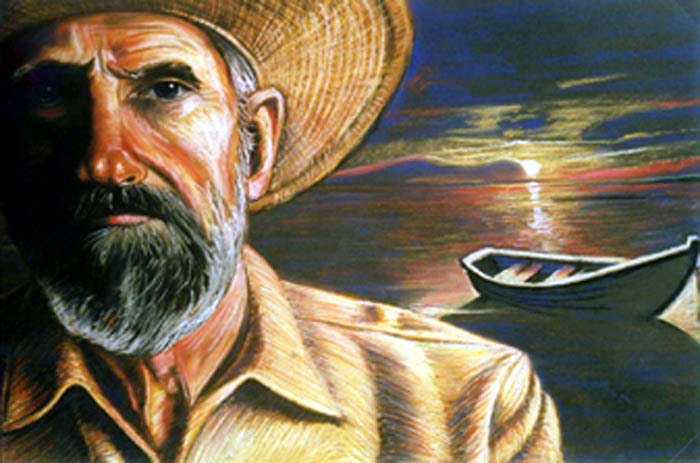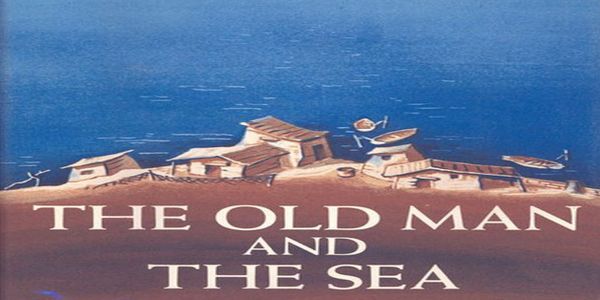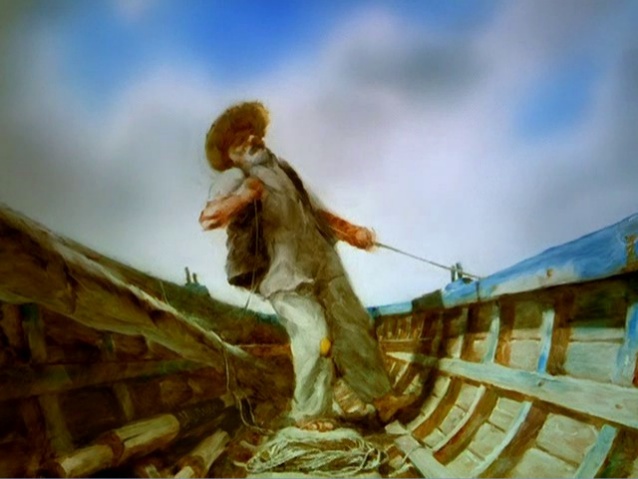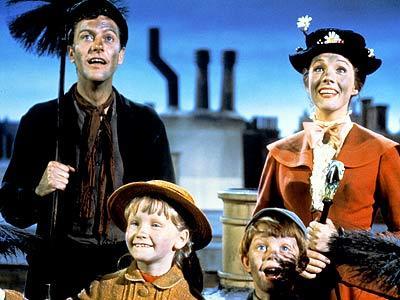
The Old Man and the Sea was the result of Hemingway’s deep desire for disengagement from the social world and an entry into the natural. Hemingway’s heroes from Nick Adams onwards were caught in the bleak trap of society within which man was doomed to struggle, suffer and perish, but not Santiago who asserted his… Continue reading The Old Man and the Sea Essay: Man’s Archetypal Battle with Nature

“Old Man and the Sea” was presumably part of Hemingway’s “Sea Book trilogy.” The Bimini and Cuba sections of his “Islands in the Stream” were the “The Sea When Young” and “The Sea When Absent” parts of the trilogy, and Santiago’s story was supposed to be titled “The Sea in Being.” The presence of the… Continue reading The Old Man’s Relationship with the Sea: Critical Appreciation

After the First World War the place of the traditional hero in Western Literature was usurped by protagonists in the line of Kafka’s Mr. K. Hemingway’s protagonist from Nick Adams onwards are hemmed in like their prototype by a bewildering cosmos of society which confined them by stifling their spirits. Most of Hemingway’s novels emphasized… Continue reading The Old Man and The Sea Themes

The last novel to be published during Hemingway’s lifetime was The Old Man and the Sea, a work which Hemingway would identify as a new form. The precise generic classification of the work would be inconsequential although it is apparent that it is much more than just a wonderfully written narrative. Critics have discerned various… Continue reading The Old Man and the Sea Summary by Ernest Hemingway

The narrative structure of Old Man and the Sea is basically a chronological account of events stretching roughly four days. Such a narrative is structurally quite simple but the employment of the structural devices of framing and flashback widens the context and significance of the novella’s basic fishing tale. However, the two structural devices used… Continue reading Explanation of The Old Man and The Sea: Narrative Structure

Pied Beauty is one of the most anthologized poems of G.M Hopkins not only because of the palpable strain of Hopkins’ exquisite religious fervor that vitalizes the poem but also because of Hopkins’ visible efforts in this piece to usher modernity in. The element of worship in Pied Beauty is derived by establishing a paternal… Continue reading Analysis of Pied Beauty as a Modern Hymn





“Pied Beauty” By Gerald Manley Hopkins is essentially a modern hymn that celebrates God’s fathering of Nature. What gives this poem its energy is not just its sprung paeonic rhythm and succinct sound-sculpturing; but a strong religious fervor which is internalized within every word and sound of the poem. Gerald Manley Hopkins – the priest… Continue reading Explanation of Pied Beauty as a Devotional Poem





Pied Beauty is one of the most anthologized poems of G.M Hopkins not only because of the palpable strain of Hopkins’ exquisite religious fervor that vitalizes the poem but also because of Hopkins’ visible efforts in this piece to usher modernity in. What we see in this poem is a dismantling of the usual norms… Continue reading Theme of Pied Beauty: As a Modern Poem/Innovative Quality





Pied Beauty is one of the most anthologized poems of G.M Hopkins not only because of the palpable strain of Hopkins’ exquisite religious fervor that vitalizes the poem but also because of Hopkins’ visible efforts in this piece to usher modernity in. A critical appreciation of this dynamic piece should be attempted on two levels… Continue reading Pied Beauty Analysis by G.M Hopkins


William Blake is considered as the earliest poet of the “Romantic movement”, the characteristic features of which were predominant in the poetry that was penned during the 19th century. Although much greater recognition is given to poets like Wordsworth, Coleridge, Shelley, Keats for setting the Romantic trends in the history of English literature, one cannot… Continue reading The Chimney Sweeper: Songs of Innocence Analysis and Summary




